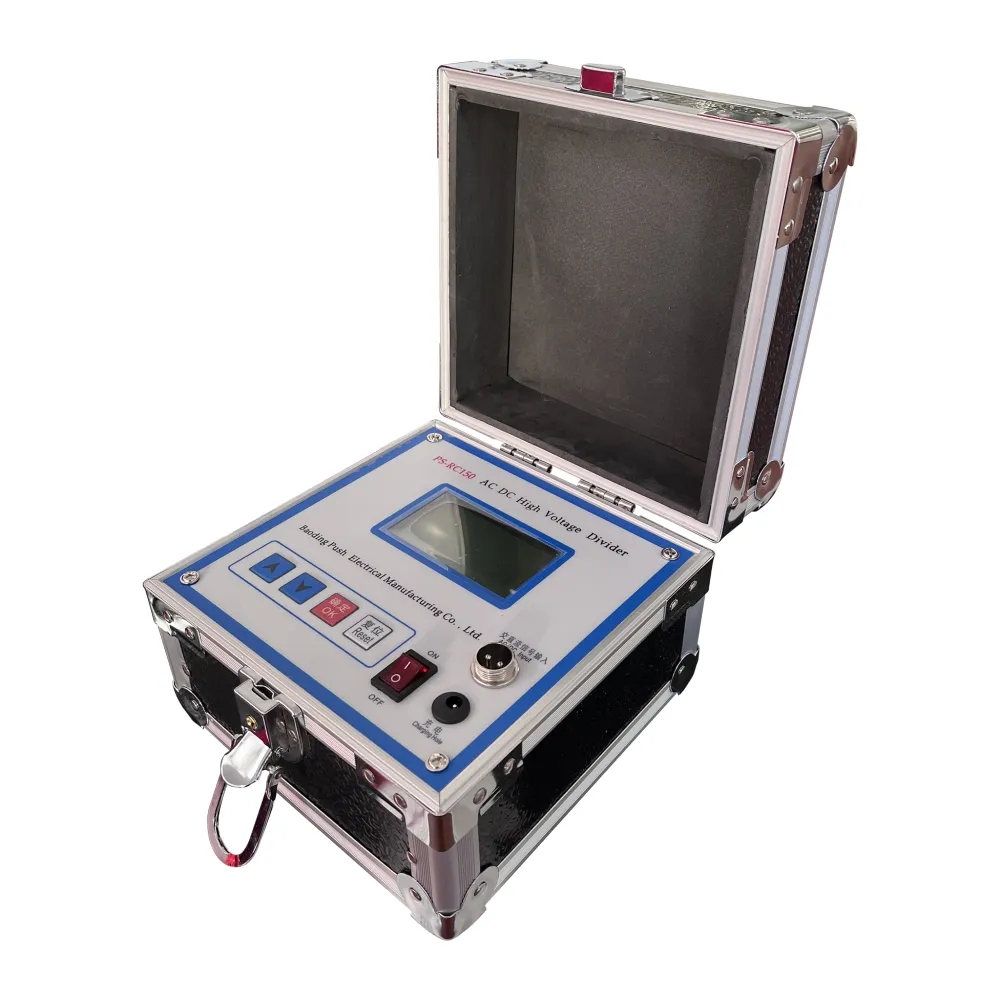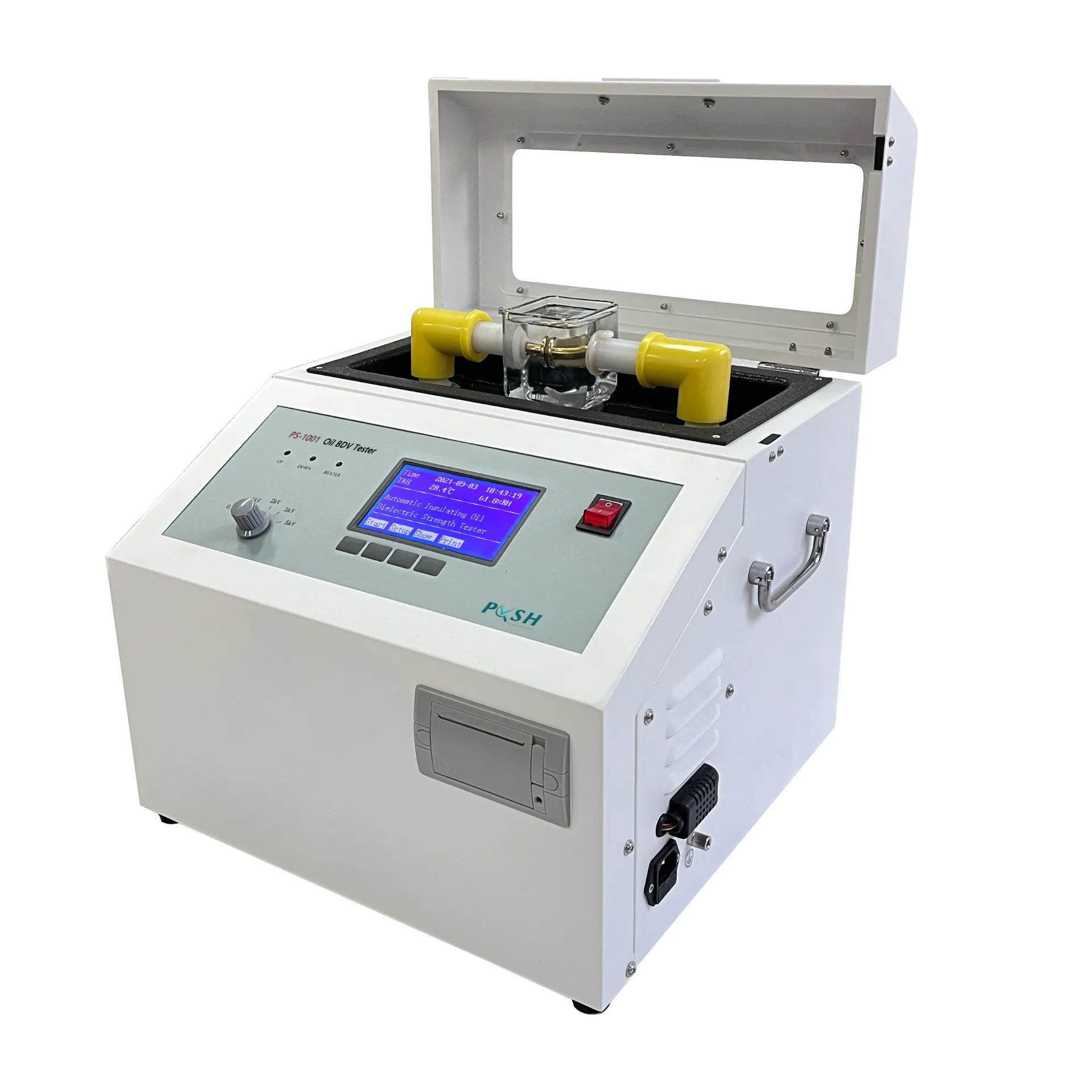TEL:
+86-0312-3189593
 English
English

Telephone:0312-3189593

Email:sales@oil-tester.com

-
 Afrikaans
Afrikaans -
 Albanian
Albanian -
 Amharic
Amharic -
 Arabic
Arabic -
 Armenian
Armenian -
 Azerbaijani
Azerbaijani -
 Basque
Basque -
 Belarusian
Belarusian -
 Bengali
Bengali -
 Bosnian
Bosnian -
 Bulgarian
Bulgarian -
 Catalan
Catalan -
 Cebuano
Cebuano -
 China
China -
 China (Taiwan)
China (Taiwan) -
 Corsican
Corsican -
 Croatian
Croatian -
 Czech
Czech -
 Danish
Danish -
 Dutch
Dutch -
 English
English -
 Esperanto
Esperanto -
 Estonian
Estonian -
 Finnish
Finnish -
 French
French -
 Frisian
Frisian -
 Galician
Galician -
 Georgian
Georgian -
 German
German -
 Greek
Greek -
 Gujarati
Gujarati -
 Haitian Creole
Haitian Creole -
 hausa
hausa -
 hawaiian
hawaiian -
 Hebrew
Hebrew -
 Hindi
Hindi -
 Miao
Miao -
 Hungarian
Hungarian -
 Icelandic
Icelandic -
 igbo
igbo -
 Indonesian
Indonesian -
 irish
irish -
 Italian
Italian -
 Japanese
Japanese -
 Javanese
Javanese -
 Kannada
Kannada -
 kazakh
kazakh -
 Khmer
Khmer -
 Rwandese
Rwandese -
 Korean
Korean -
 Kurdish
Kurdish -
 Kyrgyz
Kyrgyz -
 Lao
Lao -
 Latin
Latin -
 Latvian
Latvian -
 Lithuanian
Lithuanian -
 Luxembourgish
Luxembourgish -
 Macedonian
Macedonian -
 Malgashi
Malgashi -
 Malay
Malay -
 Malayalam
Malayalam -
 Maltese
Maltese -
 Maori
Maori -
 Marathi
Marathi -
 Mongolian
Mongolian -
 Myanmar
Myanmar -
 Nepali
Nepali -
 Norwegian
Norwegian -
 Norwegian
Norwegian -
 Occitan
Occitan -
 Pashto
Pashto -
 Persian
Persian -
 Polish
Polish -
 Portuguese
Portuguese -
 Punjabi
Punjabi -
 Romanian
Romanian -
 Russian
Russian -
 Samoan
Samoan -
 Scottish Gaelic
Scottish Gaelic -
 Serbian
Serbian -
 Sesotho
Sesotho -
 Shona
Shona -
 Sindhi
Sindhi -
 Sinhala
Sinhala -
 Slovak
Slovak -
 Slovenian
Slovenian -
 Somali
Somali -
 Spanish
Spanish -
 Sundanese
Sundanese -
 Swahili
Swahili -
 Swedish
Swedish -
 Tagalog
Tagalog -
 Tajik
Tajik -
 Tamil
Tamil -
 Tatar
Tatar -
 Telugu
Telugu -
 Thai
Thai -
 Turkish
Turkish -
 Turkmen
Turkmen -
 Ukrainian
Ukrainian -
 Urdu
Urdu -
 Uighur
Uighur -
 Uzbek
Uzbek -
 Vietnamese
Vietnamese -
 Welsh
Welsh -
 Bantu
Bantu -
 Yiddish
Yiddish -
 Yoruba
Yoruba -
 Zulu
Zulu
febr . 18, 2025 04:20
Back to list
tap changer
The tap changer is an integral component in power transformers, playing a crucial role in voltage regulation by altering the transformer's winding turns ratio. This pivotal function ensures that the transformer can adapt to variations in load and supply voltages, maintaining stable output even under fluctuating conditions. A seasoned electrical engineer with over a decade of hands-on experience in power systems, I have delved deep into the complexities of tap changer mechanisms, from on-load tap changers (OLTC) to off-load or no-load tap changers (NLTC), providing insightful expertise that underscores their operational significance.
From a product innovation perspective, recent advancements in tap changer technology focus on enhancing efficiency and longevity. The integration of smart diagnostic tools allows for real-time monitoring of tap changer condition and performance. This development enables predictive maintenance strategies, reducing downtime and operational costs. Leveraging data analytics, these intelligent systems can detect early signs of wear or malfunction, prompting preemptive intervention before issues escalate. The rise of renewable energy sources adds another layer of complexity to tap changer applications. As renewable generation can be variable, effective voltage regulation becomes more challenging yet even more critical. Tap changers equipped with advanced control algorithms are now being deployed to handle these dynamic conditions, ensuring smooth operational transitions and grid stability. Tap changers also influence broader energy policy and sustainability discussions. With an increasing push towards reducing carbon footprints, utilities are exploring ways to enhance their infrastructure's efficiency. Tap changers play a subtle yet significant role in this paradigm, allowing for more flexible and efficient electricity distribution systems. In conclusion, the tap changer stands as a vital yet often overlooked component in power distribution. Its role in voltage regulation is indispensable in ensuring reliability and efficiency within the electrical grid. My interaction with tap changers over the years has grounded my understanding in both practical and theoretical realms, fostering an appreciation for their intricate mechanics and strategic importance. From the latest in technological innovations to their essential maintenance and integration with renewable energy solutions, the tap changer is undoubtedly a cornerstone in modern electrical engineering. As technology evolves, tap changers will continue to adapt and excel, underlining their enduring relevance in the ever-changing landscape of energy distribution.


From a product innovation perspective, recent advancements in tap changer technology focus on enhancing efficiency and longevity. The integration of smart diagnostic tools allows for real-time monitoring of tap changer condition and performance. This development enables predictive maintenance strategies, reducing downtime and operational costs. Leveraging data analytics, these intelligent systems can detect early signs of wear or malfunction, prompting preemptive intervention before issues escalate. The rise of renewable energy sources adds another layer of complexity to tap changer applications. As renewable generation can be variable, effective voltage regulation becomes more challenging yet even more critical. Tap changers equipped with advanced control algorithms are now being deployed to handle these dynamic conditions, ensuring smooth operational transitions and grid stability. Tap changers also influence broader energy policy and sustainability discussions. With an increasing push towards reducing carbon footprints, utilities are exploring ways to enhance their infrastructure's efficiency. Tap changers play a subtle yet significant role in this paradigm, allowing for more flexible and efficient electricity distribution systems. In conclusion, the tap changer stands as a vital yet often overlooked component in power distribution. Its role in voltage regulation is indispensable in ensuring reliability and efficiency within the electrical grid. My interaction with tap changers over the years has grounded my understanding in both practical and theoretical realms, fostering an appreciation for their intricate mechanics and strategic importance. From the latest in technological innovations to their essential maintenance and integration with renewable energy solutions, the tap changer is undoubtedly a cornerstone in modern electrical engineering. As technology evolves, tap changers will continue to adapt and excel, underlining their enduring relevance in the ever-changing landscape of energy distribution.
Previous:
Next:
Latest news
-
Testing Equipment Industry Sees Major Advancements in 2025: Smart & Precision Technologies Lead the WayNewsJun.06,2025
-
Applications of Direct Current Generators in Renewable Energy SystemsNewsJun.05,2025
-
Hipot Tester Calibration and Accuracy GuidelinesNewsJun.05,2025
-
Digital Circuit Breaker Analyzer Features and BenefitsNewsJun.05,2025
-
Benefits of Real-Time Power Quality Monitoring Devices for Industrial EfficiencyNewsJun.05,2025
-
Earth Fault Loop Testing in High-Rise Building Electrical SystemsNewsJun.05,2025



